Market Growth Projections
The Global Transarterial Chemoembolization Market (TACE) Market Industry is projected to experience substantial growth over the next decade. With a market value expected to reach 20.2 USD Billion by 2035, the industry is set to expand significantly. This growth is driven by various factors, including the rising incidence of liver cancer, technological advancements, and increasing patient awareness. The compound annual growth rate (CAGR) of 4.9% from 2025 to 2035 indicates a robust market trajectory, suggesting that TACE will play an increasingly vital role in cancer treatment strategies globally.
Increasing Geriatric Population
The Global Transarterial Chemoembolization Market (TACE) Market Industry is poised for growth due to the increasing geriatric population, which is more susceptible to liver diseases, including cancer. As the global population ages, the prevalence of comorbidities that contribute to liver cancer is expected to rise. This demographic shift necessitates effective treatment options like TACE, which can be tailored to the needs of older patients. With the market projected to reach 12.0 USD Billion in 2024, addressing the healthcare needs of the aging population will be crucial in driving the adoption of TACE as a preferred treatment option.
Rising Incidence of Liver Cancer
The Global Transarterial Chemoembolization Market (TACE) Market Industry is experiencing growth due to the increasing incidence of liver cancer worldwide. According to health statistics, liver cancer cases have been on the rise, particularly in regions with high rates of hepatitis and cirrhosis. This trend necessitates effective treatment options, with TACE emerging as a preferred choice due to its targeted approach. The market is projected to reach 12.0 USD Billion in 2024, reflecting the urgent need for innovative therapies to address this growing health concern. As awareness of liver cancer increases, the demand for TACE is likely to expand significantly.
Supportive Government Initiatives and Funding
Government initiatives aimed at improving cancer care are playing a pivotal role in the Global Transarterial Chemoembolization Market (TACE) Market Industry. Various health authorities are allocating funds to enhance cancer treatment infrastructure and promote research into innovative therapies. These initiatives not only facilitate access to TACE but also encourage healthcare providers to adopt this treatment modality. As governments recognize the burden of liver cancer, the support for TACE is likely to increase, further propelling market growth. This supportive environment is essential for fostering advancements in treatment options and ensuring that patients receive timely care.
Technological Advancements in TACE Procedures
Technological innovations in the Global Transarterial Chemoembolization Market (TACE) Market Industry are enhancing the efficacy and safety of procedures. The introduction of advanced imaging techniques and catheter technologies allows for more precise delivery of chemotherapeutic agents, minimizing damage to surrounding healthy tissue. These advancements not only improve patient outcomes but also increase the adoption of TACE as a treatment modality. As hospitals and clinics invest in state-of-the-art equipment, the market is expected to grow, with projections indicating a rise to 20.2 USD Billion by 2035. This trend underscores the importance of continuous innovation in driving market expansion.
Growing Awareness and Acceptance of Minimally Invasive Procedures
The Global Transarterial Chemoembolization Market (TACE) Market Industry benefits from the increasing awareness and acceptance of minimally invasive procedures among patients and healthcare providers. Patients are increasingly opting for treatments that offer shorter recovery times and reduced hospital stays. TACE, being a minimally invasive procedure, aligns well with these preferences, leading to higher patient satisfaction and better overall outcomes. This shift in patient attitudes is likely to contribute to a compound annual growth rate (CAGR) of 4.9% from 2025 to 2035, as more individuals seek out TACE as a viable treatment option for liver cancer.
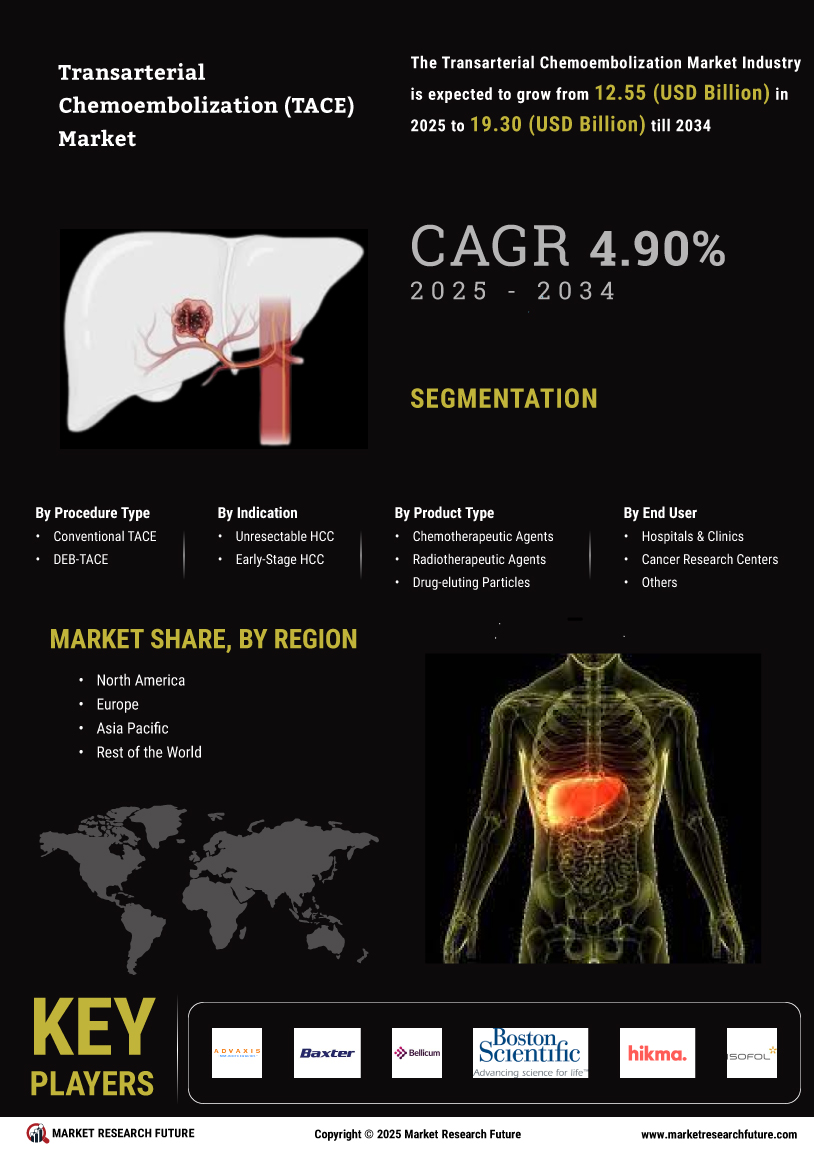

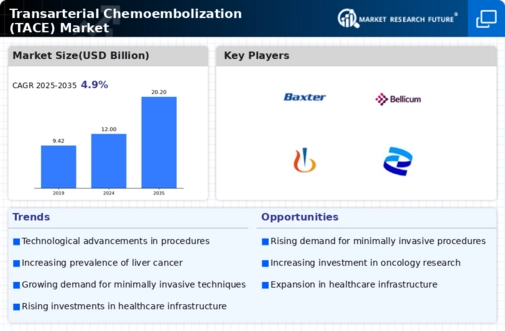
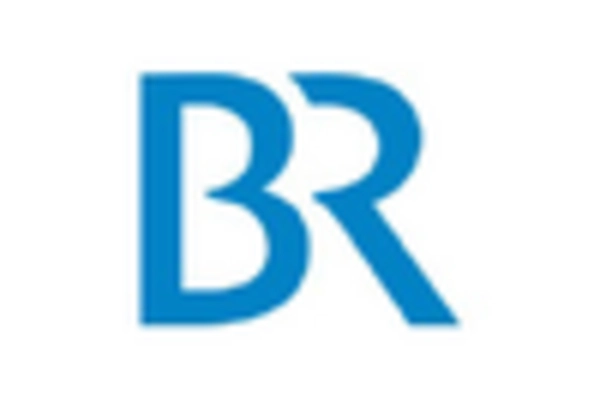
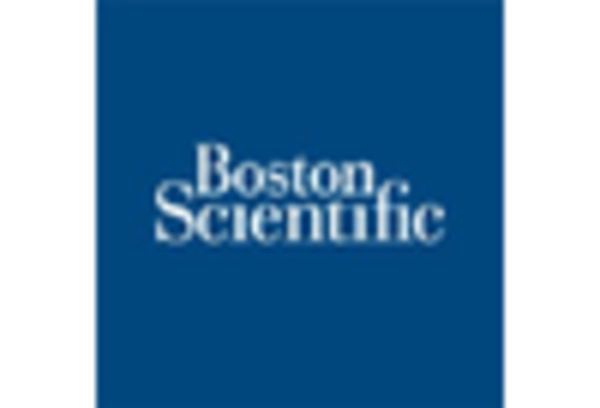
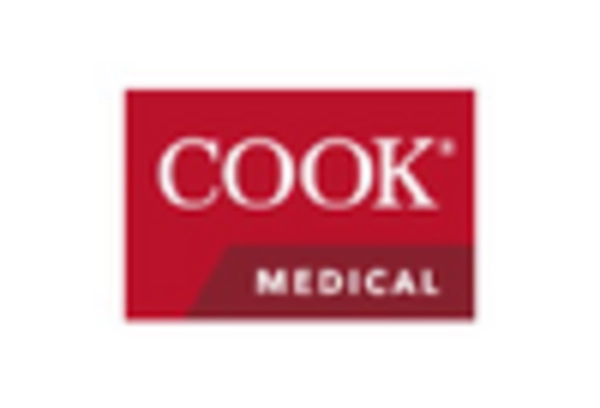

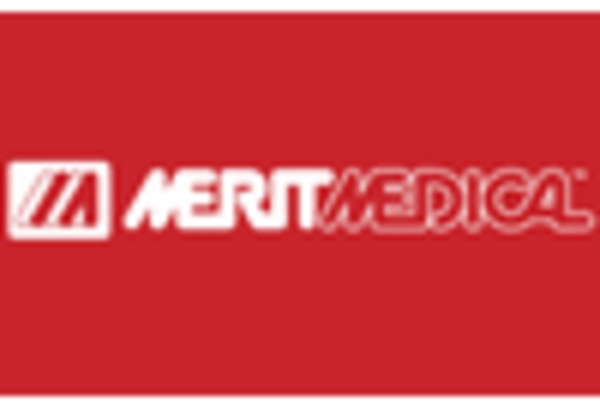
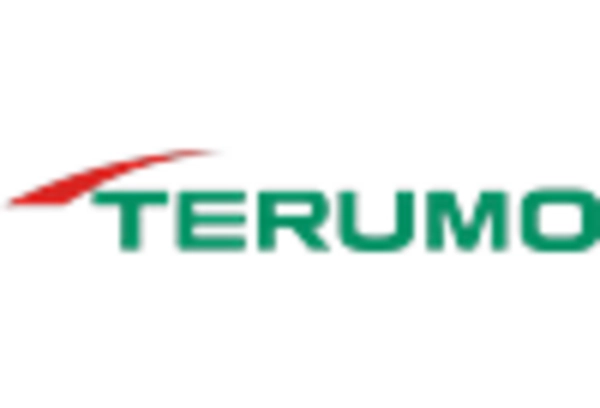








Leave a Comment